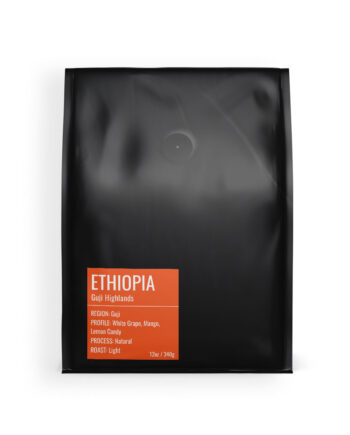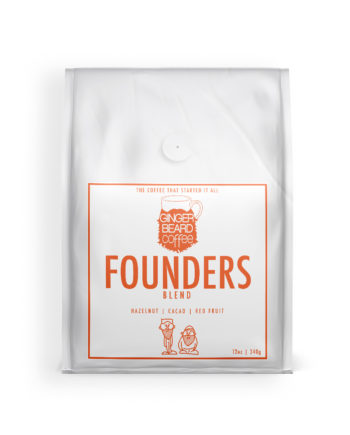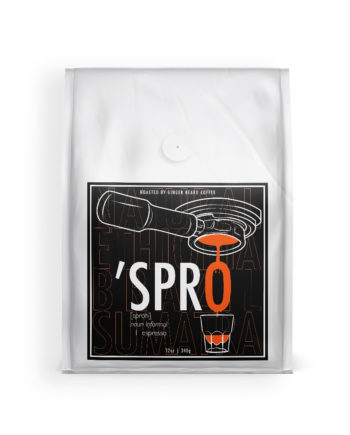
How To Make Cold Brew Coffee
One of cold brew coffee’s main advantages is its simplicity — and homemade cold brew is easier than ever with Cold Brew Bags. We’ve pared
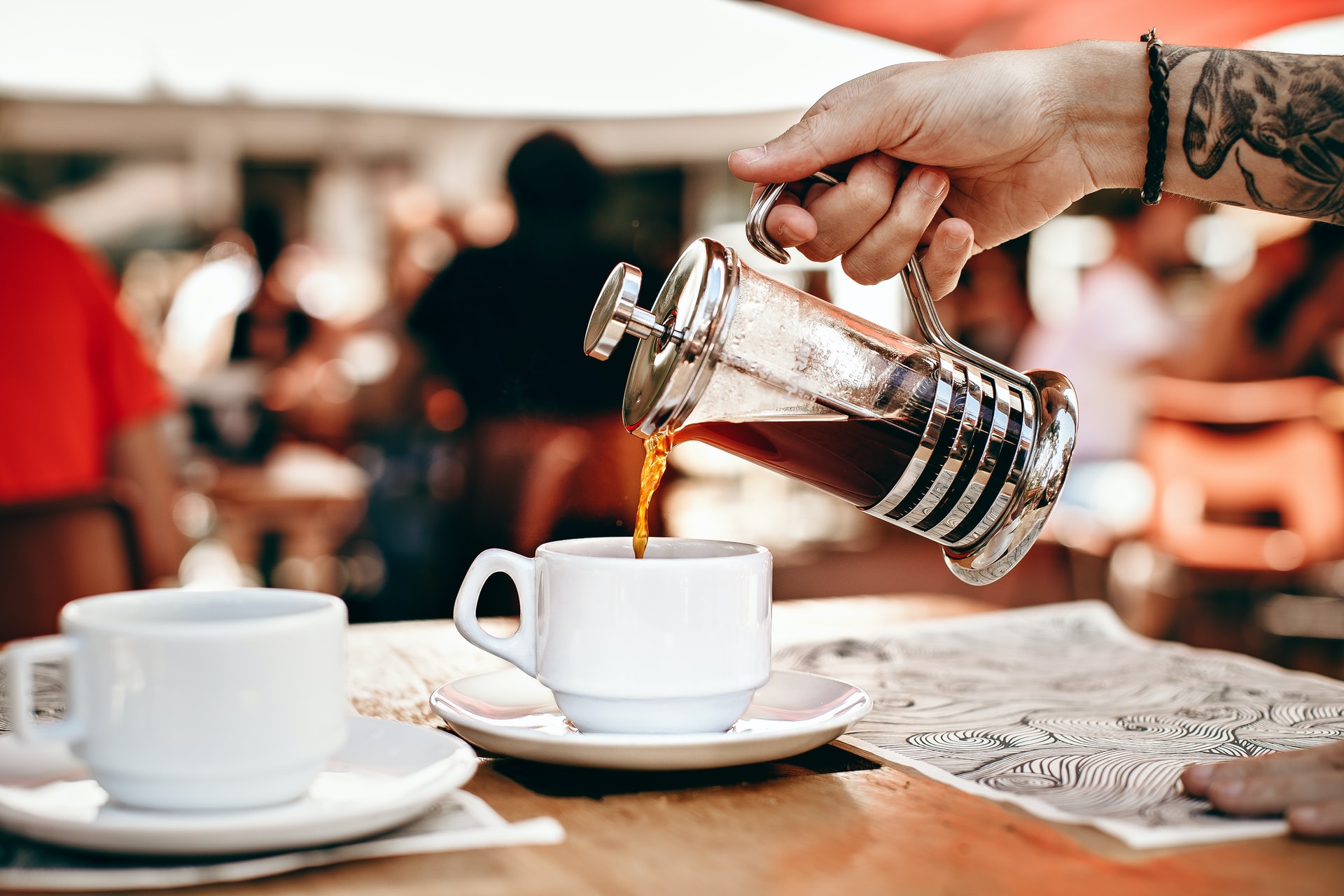
A classic for a reason, the French press could hardly be easier to use. No worrying about how long it takes for water to flow through the coffee bed, it’s as easy as brewing a cup of tea. Once you know the right water temperature, ratio of liquid to grounds, and how long to brew your coffee, you’re well on your way to making French press coffee.
Because there’s no paper filter to stop them (just a stainless steel fine-mesh screen), tiny dissolved particles and essential oils from the coffee grounds end up in your cup and give the coffee a richer, fuller body. So if you’re a coffee drinker who’s into big-bodied coffees, the French press might be the perfect brewer for you. That slightly oily feel and big body reflect the qualities of most dark roasts, so those are great in a French press.
Preheat the French press by filling it with hot water from a kettle. Whether you have a classic glass or stainless steel model, this step will make sure the whole coffee maker stays warm during the entire brew process — ensuring you get all those tasty flavors out of the grounds and into your cup. Temperature is one of the key variables in brewing consistently tasty coffee, so you do not want your hot water hitting a cold coffee brewer and immediately cooling down. While you wait about 30 seconds, now is a great time to grind your coffee.
Because French press is an immersion brew method (meaning the coffee is completely submerged in water and stays in contact until the brewing is done), you want a very chunky, coarse grind size. The larger the surface area, the longer it takes for the water to extract the delicious stuff out of the coffee beans. If you’re using a burr grinder (which we very much recommend for its vastly more even grind size), you’ll want the higher number settings. If you use a blade grinder, just don’t grind for as long as you would for, say, a drip machine. If you’re getting your coffee beans pre-ground at a shop, odds are you’ll just be able to ask for it to be ground for a French press, but if all else fails just remember the word “coarse”. Empty the hot water from your French press before continuing; you’ll be using fresh water to brew.
Whatever delicious coffee you’ve chosen to brew, now is the time to add that coarsely ground coffee to the carafe. Remember to measure! The right coffee to water ratio is one of the keys to a good, consistent cup, no matter the brew method. For our recipe, we like to use around 15 grams of water to each gram of coffee. Here are some helpful tips to keep in mind when measuring:
Cold brew coffee requires a certain amount of patience (or at least forethought). Wait 12 to 18 hours; longer brew times will yield a richer concentrate, but steeping it more than 18 hours could cause bitter flavors. Because cold water extracts slower than hot water, you’ll neLadies and gentlemen, start your timers. Pour your water around in a spiraling motion, or really any pattern that ensures your water is evenly submerging all of the grounds.
If you see any dry spots up top, try and aim for them with your stream of water. You want to get all the grounds wet at as close to the same time as possible, so the water starts extracting flavor from them simultaneously. That even extraction will make the coffee taste more balanced and delicious. You may notice your grounds “growing” or bubbling in the hot water. This process is called blooming, and it helps prepare the grounds to be brewed to perfection. That first pour helps release gases like carbon dioxide from the coffee, which then allows the rest of the water you pour to fully penetrate the grounds and extract all of that tasty stuff more evenly.
Let that water work its magic and wait until the timer reads 30 seconds before continuing.
Your cold brew is ready! With our recipe, the coffee you brewed will be strong enough that ice, milk, or dairy substitute won’t dilute the taste too much. If the concentrate feels like it’s too strong, add water to taste. Fill the carafe the rest of the way with hot water and give the coffee a gentle stir. This will make sure that crust of grinds that has formed on top of your brew gets integrated into the water and doesn’t just hang out up top. You don’t want to stir too violently, though, because that will agitate the grinds and speed up the extraction, which might release some bitter flavors (plus, while variables like time and temperature are really easy for us to control, agitation is super hard to measure).
Place the lid on the French press and, if necessary, press the plunger down just a bit so that the mesh filter is just touching the top of the hot water, which will also help keep all the grounds submerged. Resist the urge to press all the way down, though. In a French press, you want to be brewing at a ratio of around fifteen parts water to one part coffee, which is just slightly stronger than the traditional drip coffee brewing ratio. The metal mesh filter (compared to the paper filter in many other brew methods) doesn’t stop the oils of the coffee from getting into your cup, and that extra bit of strength helps the flavors cut through those oils. That said, if you brew your French press at a ratio of fifteen to one and the coffee tastes stronger or weaker than you prefer, feel free to use more or less water next time. That’s part of the fun of brewing at home. In fact, if the coffee seems too strong for you, simply add a little water to your finished cup after the fact (sadly, if the coffee seems too weak, you can’t really take water out after the fact).

One of cold brew coffee’s main advantages is its simplicity — and homemade cold brew is easier than ever with Cold Brew Bags. We’ve pared

A classic for a reason, the French press could hardly be easier to use. No worrying about how long it takes for water to flow
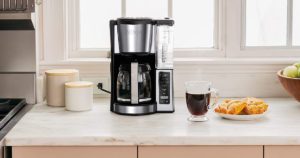
You have to start somewhere and the classic automatic drip coffee maker is a great place for beginners (or coffee drinkers of any skill level).
